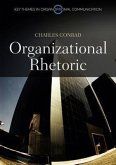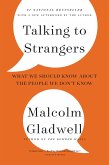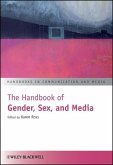"This text provides for the first time in book form an exploration of the communicative aspects of the darker side of family life, ranging from, for example, severe acts of violence to more subtle forms of conflict. In addition to offering a working definition of the concept of the 'dark side' in the family context, the authors propose the Darkness Model of Family Communication that integrates relevant literature in new and significant ways."--p. 4 of cover
"In this volume Loreen N. Olson, Elizabeth A. Baiocchi-Wagner,Jessica M. W. Kratzer, and Sarah E. Symonds shed much needed lighton the dark side of family communication. By unearthing the layersof familial relating to reveal numerous caverns of darkness, theygenerate new landscapes for students and scholars of the dark sideand family communication."
Erin Willer, University of Denver
"Much has been written on the 'dark side' ofcommunication. This is the first book actually to define what darkcommunication is, explain how it forms, identify what effect ithas, recommend how to 'brighten it,' and tie all thistogether in a Darkness Model of Family Communication."
Dudley Cahn, SUNY at New Paltz
Erin Willer, University of Denver
"Much has been written on the 'dark side' ofcommunication. This is the first book actually to define what darkcommunication is, explain how it forms, identify what effect ithas, recommend how to 'brighten it,' and tie all thistogether in a Darkness Model of Family Communication."
Dudley Cahn, SUNY at New Paltz








